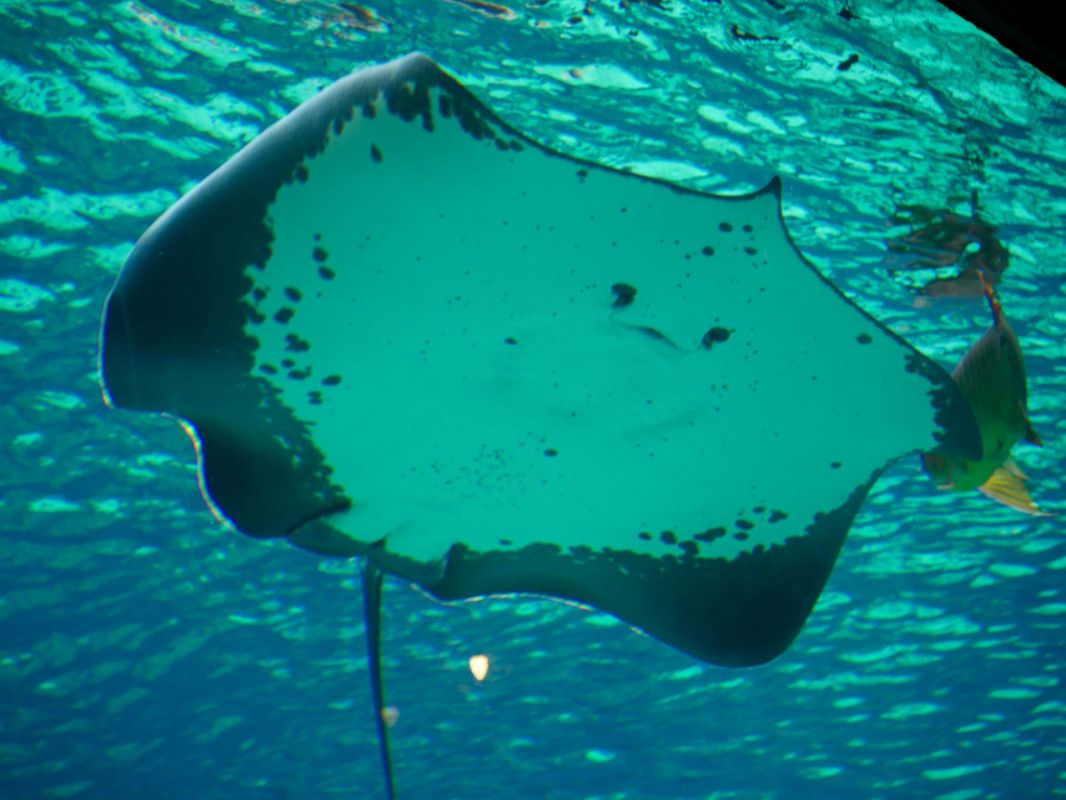A gigantic stingray caught in Asia's third-largest river has been tagged and tracked by researchers, providing a host of information about an entire ecosystem that's currently under threat.
Last year, the aquatic beast was pulled from Southeast Asia's famous Mekong River by fishermen in Cambodia.
According to the New York Times, the fish weighed 661 pounds, setting a record for the heaviest freshwater fish ever captured.
It belongs to a species known as the giant freshwater stingray, which is currently listed as endangered, yet some scientists are baffled by how such enormous creatures still exist considering the environmental pressures of human activities, per the Times.
Around one-third of global freshwater fishes face the risk of extinction, and since 1970, a staggering 94% of larger fish species weighing over 66 pounds have experienced a decline, The New York Times reported.
"So how does the world's largest freshwater fish persist?" Zeb Hogan, an aquatic ecologist at the University of Nevada, Reno, asked the Times. "And what can we learn from them about saving the Mekong system as a whole?"
To find answers to these questions, researchers implanted an acoustic telemetry tag near the stingray's tail before setting her free last year.
Scientists named the female stingray Boramy, and the data gathered showed that the key to her success may be her surprisingly small territory, a deep stretch of the Mekong River.
In general, the river faces growing threats from dams, overfishing, sand extraction, pollution, and the changing climate.
The researchers also tracked 22 of these stingrays in a part of the Mekong in Thailand, discovering that many also confined themselves to similarly reduced areas.
They also noted that male and female giant stingrays of all age groups exhibited a tendency to coexist.
As Dr. Hogan told the Times, putting this information together helps us understand why giant freshwater stingrays are not in as much danger as other big Mekong species — since they don't need to travel long distances during their lifetimes.
Instead, they can survive in areas with clean water and where local communities are working to protect them. The evidence points to the idea that if we protect important parts of the river, it can really help to keep the giant freshwater stingrays safe.
Join our free newsletter for cool news and cool tips that make it easy to help yourself while helping the planet.









